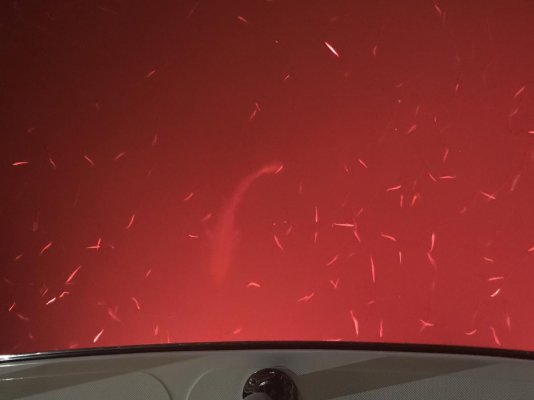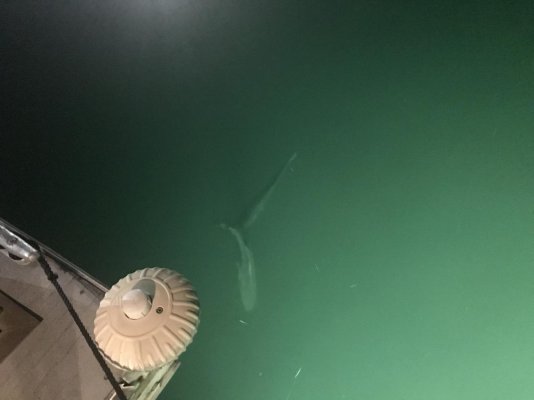1. I'd NEVER use silicone as an underwater sealant. I'd use one of several products intended for below-waterline use.
2. I'd pay special attention to sealing the drilled holes into the wood transom. The installer drilled a large hole for the wire, fed the wire through the bare hole, then squirted some silicone into the hole from the inside of the transom hoping it would fully cover and seal the hole. I wouldn't want to bet the life of my transom that I got that right on the first attempt. Wrong product and wrong technique.
3. Given the choice, I'd opt for a mounting board attached to the transom with 5200 that would accommodate the mounting screws to preserve the integrity of the transom.
4. He's already got one wire hanging over the top of the transom and the light kit includes a mounting plate to allow redirecting the wire. Why not route the cable to above the waterline and drill a hole through the transom above the WL? A properly sealed hole above the WL with a clamshell cover would look professional and help preserve the integrity of the transom.





